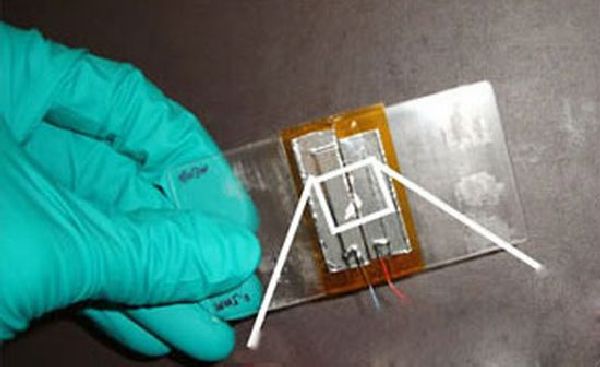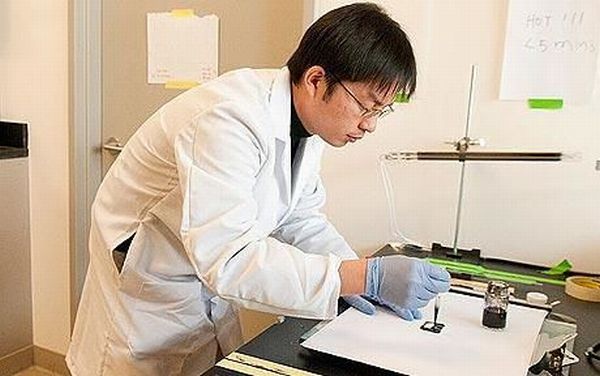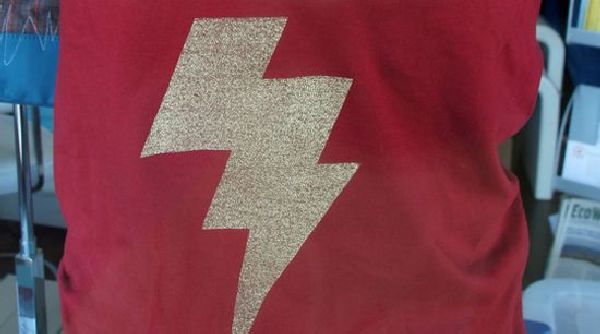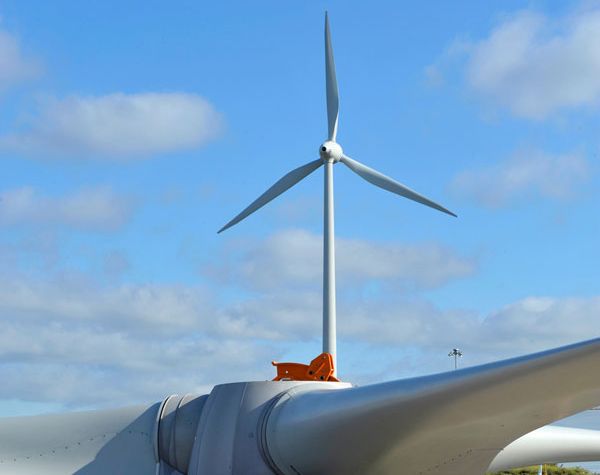The search for efficient means of power generation, through renewable sources, remains a top priority for scientists across the world. New hypotheses are proposed and tests conducted every now and then to understand the dynamics of methods that hold promise. The progress along certain lines has been such that it flatters only to deceive. Incremental improvements in the way we generate energy through renewable sources are welcome but a fuel that can replace fossil fuels completely is still missing from the horizon.

It is an inescapable fact that efficient means of energy generation, through renewable resources, are a need of the hour. The spiraling price rise in case of fuels, which are non-renewable in nature and pollute the atmosphere upon combustion, supports the case. If not a full fledged overhaul in the way we generate and use energy, some kind of support can serve the purpose for now. This can help humans buy time for a technological revolution, in the form of efficient use of renewable sources of energy, to meet all the energy needs of humans.
As is the case with most inventions, the things that seem unthinkable become the realities of life in due time, clothing from piezoelectric fiber is now making waves as an easy mode of power generation. This can support the charging of small gadgets or appliances, thereby reducing the dependence on electricity generated through non renewable resources. Here we talk about the ongoing research in the domain by different research groups, specifically in universities.
1. Nanofibers concept by University of California Researchers

After a thorough research in the field, the scientists have proposed the use of nanofibers in clothing, interwoven with the fibers generally used. The polyvinylidene fluoride fibers help tide over the inflexibility issue of piezoelectric fibers. Nothing compares to the ease of power generation through kinetic stress, simply put, the movement of the piezoelectric nanofibers. Electric output in the range of 5 to 30 mV will ensure the charging of gadgets such as phones kept in pockets. This obviates the need for power adapters and allows for anytime, anywhere charging.
The average efficiency of 12.5 percent with a maximum of 21.8 percent can prove to be a bit of a dampener. Given the sedentary lifestyles of people, the amount of energy that the movement of people will be able to generate, remains to be seen. A practical assessment would then follow.
2. Nanotube batteries concept by Dr. Yi Cui, Stanford University

The research in the domain seeks to use nanotubes in ink which when applied on clothing or paper, creates the effect of a battery that stores electrostatic charge. These are conceptually better than the chemicals based batteries used in general. The nanotubes are single walled. This ensures that the weight of the fabric does not make the concept impractical. A T-shirt with nanotubes ink, it is claimed, would be able to fully charge your mobile phone battery thrice.This is likely to be of help in professions that require field work.
Work is still in progress on the concept, more efficiency is expected over time but an assessment in terms of cost can only be done once the concept is ready for implementation.
3. Boron-Magnesium powdered nanotubes developed at University of Texas

Boron and magnesium can be used for building batteries that can store energy but spraying these on nanotubes allows for these to be woven into clothing, as envisaged by Ray Baugham, McDiarmid NanoTech Institute. This is yet another instance of the immense potential of nanotechnology. The base for embedding boron-magnesium on clothing is provided by nanotubes. The end result is clothing that offers charging capabilities for portable gadgets used on a daily basis. The material so built may also carry superconducting properties.
For a research in the nascent stages, It is difficult to give a time-line for the vision to turn into reality, in case it does well on the parameters of cost and efficiency in the times to come.
4. Photovoltaic piezoelectric material from researchers at University of Bolton, UK

This again is an attempt at building fibers that can be used in clothes. The hybrid piezoelectric material is expected to be easy to use in cases for portable devices such as the laptops and music players. These will double up as charging docks for the devices. The research has been acknowledged with an award at Energy Innovation Awards, 2011 in Manchester. The hybrid is as powerful as it gets with photovoltaic materials that can use solar power and piezoelectric materials that generate power from movements or kinetic stress.
The application of the material in the commercial domain is not yet a certainty. As the researchers explore the possibilities, the wait may turn out to be long.




